For a ninth consecutive year, it’s time to look back in order to look forward.
Watch every match of the 2025 AAMI Community Series Live & ad-break free during play, exclusive to FOX FOOTY, plus match simulations available on Kayo Sports. Starts February 15. New to Kayo? Get your first month for just $1. Limited time offer.
This is Foxfooty.com.au’s annual Pythagorean wins prediction piece, which reveals the teams who over- and underperformed in the previous season, to predict who’ll bounce back or fall flat in the coming year.
The name makes it sound complicated, but all you need to know is it’s accurate. Of the 20 strongest predictions made by this formula since 2010, 16 were correct.
CHANCES ARE YOU’RE ABOUT TO LOSE. For Free and confidential support call 1800 858 858 or visit gamblinghelponline.org.au.
Although for the second straight year one of our most confident tips was wrong. We’ll get into it later, but that’s just how it goes sometimes.
The core behind Pythagorean wins is figuring out who was lucky and who was unlucky in the previous seasons – determining how many games a team “should” have won – and predicting who’ll rise and fall this season as their luck reverts to the mean.
It’s not purely about performance in close games, which we’ve written about so often over the last few years due to a certain team clad in black and white. It’s about who played better or worse than their win-loss record suggested, because history says if things get truly out of whack, they’ll fall back the other way the next year.
Put it this way: we’re finding the teams who the ladder lied about the most.
Let’s get into it.
WHAT ARE PYTHAGOREAN WINS AND HOW DO THEY WORK?
At the core is a formula, Pythagorean expectation, developed by baseball stats guru Bill James (this is why we used the word Moneyball in the headline – he’s actually relevant to it!). It estimates how many games a team ‘should have’ won based on its scoring. In baseball, this means runs scored and allowed.
This works because looking at a team’s attacking and defensive performances overall, rather than purely whether they won or lost matches, gives us more information.
Let’s go to the extremes. Imagine two AFL clubs. Club A finished 9-1, winning all of its games by one point and losing the other by 100 points. Club B finished 8-2, all of its wins coming by 100 points, its two losses coming by one point.
Which team is better, or more likely to win if they played the next week? The first team won one extra game but its percentage, and arguably its performance, is and was worse than the second team. We’d argue the second team is better; Pythagorean expectation uses the same principle.
This is the core idea: Good teams win games. Great teams win games by a lot.
Using research by footy statistician Tony Corke, we can adapt the formula used to analyse baseball teams to study the AFL.
It doesn’t mean we make a prediction on every team – you need a certain gap between a side’s actual wins and Pythagorean wins (at least 1.5, ideally 2+) for the statistical significance to be meaningful.
Since 2010, if a team had a gap of 2+ games between their actual and Pythagorean wins, the formula accurately predicted if they would rise or fall 21 out of 31 times (67.7%). If the gap was 2.5+ games, the rate improved to 17 of 22 correct predictions (77.2%).
Let’s use the 2023/24 Cats as our example. In 2023, Chris Scott’s side won just 10 games with a draw, despite having a percentage of 112.5%.
They had been unlucky, going 1-5 with a draw in games decided by two kicks, but more to the point they had underperformed their underlying record – so Pythagoras expected them to improve in 2024. And they did, all the way to a home preliminary final.
‘He’s a little bit like Sam Mitchell’ | 01:00
SO HOW DID PYTHAGORAS’ PREDICTIONS GO LAST YEAR?
Two out of three ain’t bad, right?
The strongest three predictions were Port Adelaide to decline, Geelong to improve and Adelaide to improve.
The Power made a prelim, but the tip was still right because we’re talking about home and away season performance, and they won one fewer game in 2024 than 2023. Tick.
The Cats were a clear improver, also making a prelim while winning four and a half extra games during the 2024 home and away season than they did in 2023. Tick.
The Crows, unfortunately for them and us, did not work out so well. Widely regarded as a finals dark horse in the 2024 pre-season, coming off the back of a much-improved 2023 campaign where they should’ve made finals (if not for THAT game against Sydney), Matthew Nicks’ side instead stumbled to an 0-4 start.
While they lost just one of their next five to give themselves hope, beating two eventual finalists in Carlton and Port Adelaide while drawing with eventual premiers Brisbane, the Crows were too far behind the eight-ball and never had a winning record at any stage.
They were better than their record of 8-14 with a draw suggested, but we’ll get to that later.
Unfortunately for Pythagoras, the Crows were the third-strongest prediction he’s made since 2010, meaning two of this stat’s strongest tips in the last 15 years didn’t work out.
Having said that the overall record is still very strong.
Strongest Pythagorean Wins Predictions (since 2010)
1. North Melbourne 2013 (10 wins, 14.7 Pythag wins – correctly tipped to improve in 2014)
2. Collingwood 2022 (16 wins, 11.9 Pythag wins – incorrectly tipped to decline in 2023)
3. Adelaide 2023 (11 wins, 14.9 Pythag wins – incorrectly tipped to improve in 2024)
4. Geelong 2023 (10.5 wins, 14.1 Pythag wins – correctly tipped to improve in 2024)
5. Brisbane 2018 (5 wins, 8.6 Pythag wins – correctly tipped to improve in 2018)
6. Geelong 2018 (13 wins, 16.4 Pythag wins – correctly tipped to improve in 2019)
7. Geelong 2014 (17 wins, 13.7 Pythag wins – correctly tipped to decline in 2015)
8. St Kilda 2012 (12 wins, 15.2 Pythag wins – incorrectly tipped to improve in 2013)
9. West Coast 2014 (11 wins, 14.2 Pythag wins – correctly tipped to improve in 2015)
10. Port Adelaide 2022 (10 wins, 13.1 Pythag wins – correctly tipped to improve in 2023)
11. Port Adelaide 2010 (10 wins, 7.1 Pythag wins – correctly tipped to decline in 2011)
12. Port Adelaide 2023 (17 wins, 14.1 Pythag wins – correctly tipped to decline in 2024)
13. Hawthorn 2015 (16 wins, 18.8 Pythag wins – correctly tipped to improve in 2016)
14. Richmond 2012 (10.5 wins, 13.3 Pythag wins – correctly tipped to improve in 2013)
15. North Melbourne 2010 (11 wins, 8.2 Pythag wins – correctly tipped to decline in 2011)
*Improve/decline = win/lose more games in home & away season
Port declare ‘no Houston, no problem’ | 02:00
Two more quick ones to touch on, as Essendon and Collingwood were both soft predictions in 2024 (meaning gap between their predicted and actual wins were 1.5-2 games apart, rather than 2+, and less statistically significant).
The Bombers mildly improved against expectation, going from 11 wins to 11 wins and a draw; meanwhile that Magpies decline we’d been going on about finally happened, as injuries caught up with the premiers causing them to drop from 18 wins to 13 wins, missing the finals.
Overall the predictions went 3-2, and the strongest predictions went 2-1.
How injury helped Waterman find his best | 01:34
WHAT PYTHAGOREAN WINS PREDICTS FOR THE 2025 SEASON
This is what you came for. And in 2025, we have two strong predictions and two soft predictions.
And the two strong ones come from either end of the ladder.
Adelaide Crows
2024 record: 8-14-1, 99.1%
2024 Pythagorean wins: 11.3 (gap of 2.8 wins)
2025 prediction: Improve
Yes, we’re back on the Adelaide train. And the conductor, Matthew Nicks, probably needs to keep things on the tracks to ensure he’s not thrown off at the next stop.
As mentioned above the Crows’ 2024 season got off to a poor start, and after finding themselves in an 0-4 hole before Gather Round was even finished, they were pretty much out of the finals race.
But they remained competitive throughout the year, only really being thrashed twice – vs Sydney in Round 14, when Joel Amartey kicked nine goals (and made everyone think he was the solution for their forward line, which… probably not, hey?); and vs Hawthorn in Round 20, when Sam Mitchell’s men were at their absolute best and flying towards a finals berth.
Otherwise you could make the argument they were in every game. And remember, they finished in the bottom four, which makes them sound a hell of a lot worse.
The Crows’ percentage was nearly bang-on 100, suggesting they were closer to an average team than a bad one. They beat four eventual finalists, including two of the top four.
So what went wrong? Well, stop us if you’ve heard this one before in one of our columns, but it was those damn pesky close games!
Adelaide did sneak home in two thrillers, pipping Carlton and getting revenge for their early-season loss to Essendon, but overall went 2-6 with a draw in games decided by two goals or less.
That included near-misses against Essendon (3 pts, the Sam Draper Flops On The Footy game), Collingwood (4 pts, the Izak Rankine Called For Running Too Far And Doing His Hammy game), Geelong (5 pts, led halfway through the fourth quarter), Gold Coast (6 pts), Richmond (8 pts) and Brisbane (11 pts, though admittedly this only got close very late).
We especially didn’t expect the Crows to lose so many close games because they were bad in close games in 2023, too, going 1-5.
There are obviously outliers (and some of them win premierships) but we expect all teams regress to the mean in close games between seasons. If the Crows do that in 2025, that’s an extra couple of wins.
And they should be better than a bottom-four side anyway when you look at their list. Combine the additions of Alex Neal-Bullen, Isaac Cumming and James Peatling to full seasons from Riley Thilthorpe and Izak Rankine, who both lifted another level in 2024, and you’ve got a really promising group.
They simply have to improve. Only recovering slightly, to say 10 or 11 wins, might still cost Matthew Nicks his job – but it would be a tick for Pythagoras.
‘I wasn’t allowed to sweat at the time’ | 03:24
Western Bulldogs
2024 record: 14-9, 125.1%
2024 Pythagorean wins: 16.2 (gap of 2.2 wins)
2025 prediction: Improve
One of the most remarkable stats of this era remains the fact Luke Beveridge has never coached a top-four side, despite making two Grand Finals and winning one, becoming a club legend in the process.
In fact, there have only been two types of Bulldogs seasons under Beveridge: they either make a Grand Final, or they don’t win even one final. And it’s that inconsistency that has him going into 2025 under pressure to earn a new contract.
The fact the Bulldogs ran into the Hawthorn buzzsaw in last year’s elimination final, rather than getting an injury-ravaged and exhausted Carlton, disguises the fact they were a damn good side by the end of the 2024 home and away season. Arguably one of the best.
They finished with the second-best percentage, finishing No.1 for points allowed (despite all the complaints about their backmen) and No.2 for points scored (despite all the concerns about their forwards’ inconsistency). Their two leading goalkickers were 21 and 22 years old; their fourth-leading goalkicker was the best player in the competition, Marcus Bontempelli.
Sandwiched between the Round 8 loss to Hawthorn, which dropped them to 3-5, and the elimination final loss to the same team the Bulldogs won 11 of 15 games. They only lost to minor premiers Sydney, actual premiers Brisbane, second-place finishers Port Adelaide and weirdly, Adelaide (the latter two games both at Adelaide Oval, where they’re 0-5 since the 2021 prelim).
They also beat three top-four teams (GWS, Geelong away and Sydney away), all by more than six goals. They were playing fantastic footy, but couldn’t quite earn the double chance, and then had a bad night while the Hawks had a great one in September. Season over, you didn’t win a final, it’s a failure, Bevo has to go, blah blah blah.
But that’s such a binary view of things. Last year’s Bulldogs were easily the best version of this team since the 2021 Grand Final run, and probably the third-best version under Beveridge overall. They could beat anyone on their day.
They could take a step back, obviously, Though we’ll note Bailey Smith, Jack Macrae and Caleb Daniel sounds a lot worse on paper than it should be in real life; Smith didn’t play last year anyway, and Macrae and Daniel were famously on the fringes of the team for large periods of the season. They’re not losing the 2021 versions of those players.
More concerning are the pre-season issues for the likes of Adam Treloar, Tim English and Liam Jones, plus Jamarra Ugle-Hagan’s personal absence. A rash of injuries can make cutting from your depth that much worse – as Collingwood found out last year when they had to dip into the portion of their list made up of several bad drafts.
But every team has to deal with injuries. If the Dogs can do that, and play even close to the level we saw in the back half of 2024, they’re a top-four threat.
Massive Bulldogs injury blow | 00:22
GWS Giants
2024 record: 15-8, 109.1%
2024 Pythagorean wins: 13.4 (gap of 1.6 wins)
2025 (soft) prediction: Decline
Port Adelaide
2024 record: 16-7, 114.8%
2024 Pythagorean wins: 14.5 (gap of 1.5 wins)
2025 (soft) prediction: Decline
We’ll summarise the Giants and Power together because they’re both on the borderline of counting as predictions – and the predictions are very similar.
They both made the top four despite percentages which suggested they weren’t that good. The Power got pumped in their home qualifying final, bounced back in a typical Ken Hinkley emotion-driven win in the semi, and then were uncompetitive in the prelim.
The Giants, meanwhile, went out in straight sets despite leading the two eventual Grand Finalists by a combined 72 points. If anything, their finals performances were more impressive to us than their home and away ones.
Both teams capitalised on very fortunate records in close games. The Power went 6-1 in games decided by two goals or less – so they’ve now gone from 2-7 in close games in 2022, to 12-3 since. How bizarre – while the Giants also went 6-1 before losing both of their finals by a kick.
(In fact the Giants are really slow-running the 2022 Collingwood story, because they’ve done the “lose the prelim by a point” thing and the “be amazing in close games but then lose two close finals to the eventual Grand Finalists” thing across their last two seasons.)
So the numbers say both teams should decline in 2025, and as we’ll write about later this pre-season, at least two teams have to drop out of the eight (and it’s usually three). So why not the Giants or Power?
We won’t feel great keeping these teams out of our predicted top eight – the Power have a really solid floor, where unless they get really unlucky in close ones (as happened in 2022), they should win at least 12 or 13 games; while the Giants have a super-high ceiling and feel much more likely to just put it all together and win a flag. But someone has to miss out.
Final note:Essendon has a gap of 1.5 wins between their Pythagorean and actual totals when rounded, but otherwise just slips under. They would be a soft prediction to decline if they had conceded one extra behind across the whole season.
Similarly, Fremantle would have been a soft prediction to improve if they had kicked one more goal all season.
GWS chasing “Western Sydney domination” | 02:09
THE 2024 PYTHAGOREAN WINS LADDER
1. Sydney Swans (16.4 wins) [Actual ladder: 17 wins, 1st]
2. Western Bulldogs (16.2 wins) [Actual ladder: 14 wins, 6th]
3. Brisbane Lions (15.7 wins) [Actual ladder: 14.5 wins, 5th]
4. Hawthorn (15.2 wins) [Actual ladder: 14 wins, 7th]
5. Port Adelaide (14.5 wins) [Actual ladder: 16 wins, 2nd]
6. Geelong (14 wins) [Actual ladder: 15 wins, 3rd]
7. Fremantle (14 wins) [Actual ladder: 12.5 wins, 10th]
8. Carlton (13.6 wins) [Actual ladder: 13 wins, 8th]
9. GWS Giants (13.4 wins) [Actual ladder: 15 wins, 4th]
10. Collingwood (12 wins) [Actual ladder: 13 wins, 9th]
11. St Kilda (11.4 wins) [Actual ladder: 11 wins, 12th]
12. Adelaide Crows (11.3 wins) [Actual ladder: 8.5 wins, 15th]
13. Gold Coast Suns (11.3 wins) [Actual ladder: 11 wins, 13th]
14. Melbourne (11.2 wins) [Actual ladder: 11 wins, 14th]
15. Essendon (10 wins) [Actual ladder: 11.5 wins, 11th]
16. West Coast Eagles (4.3 wins) [Actual ladder: 5 wins, 16th]
17. Richmond (3.4 wins) [Actual ladder: 2 wins, 18th]
18. North Melbourne (3.4 wins) [Actual ladder: 3 wins, 17th]













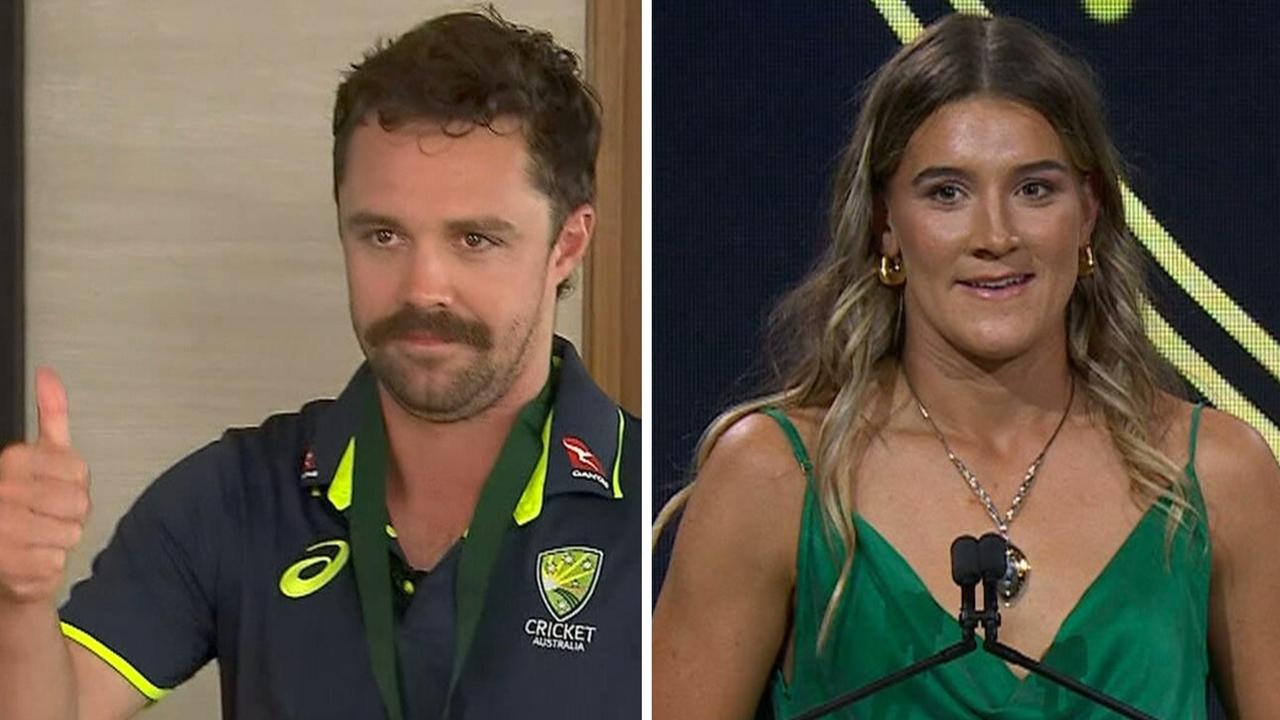

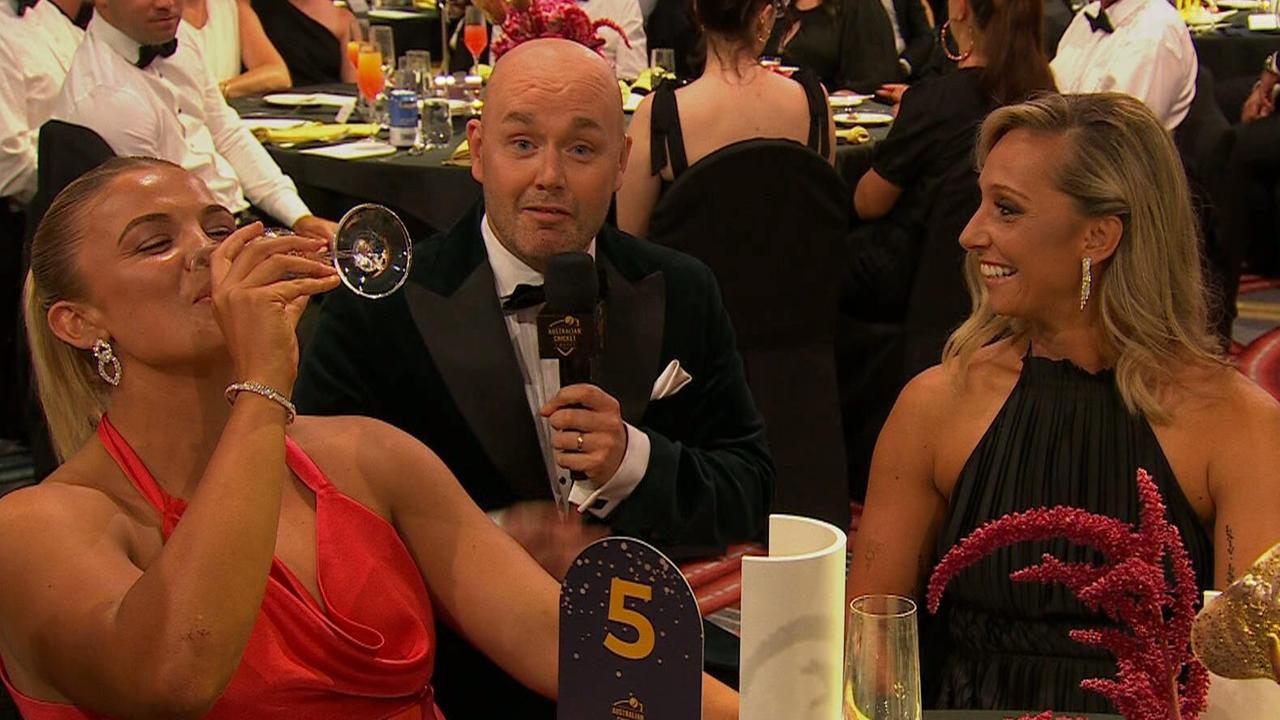





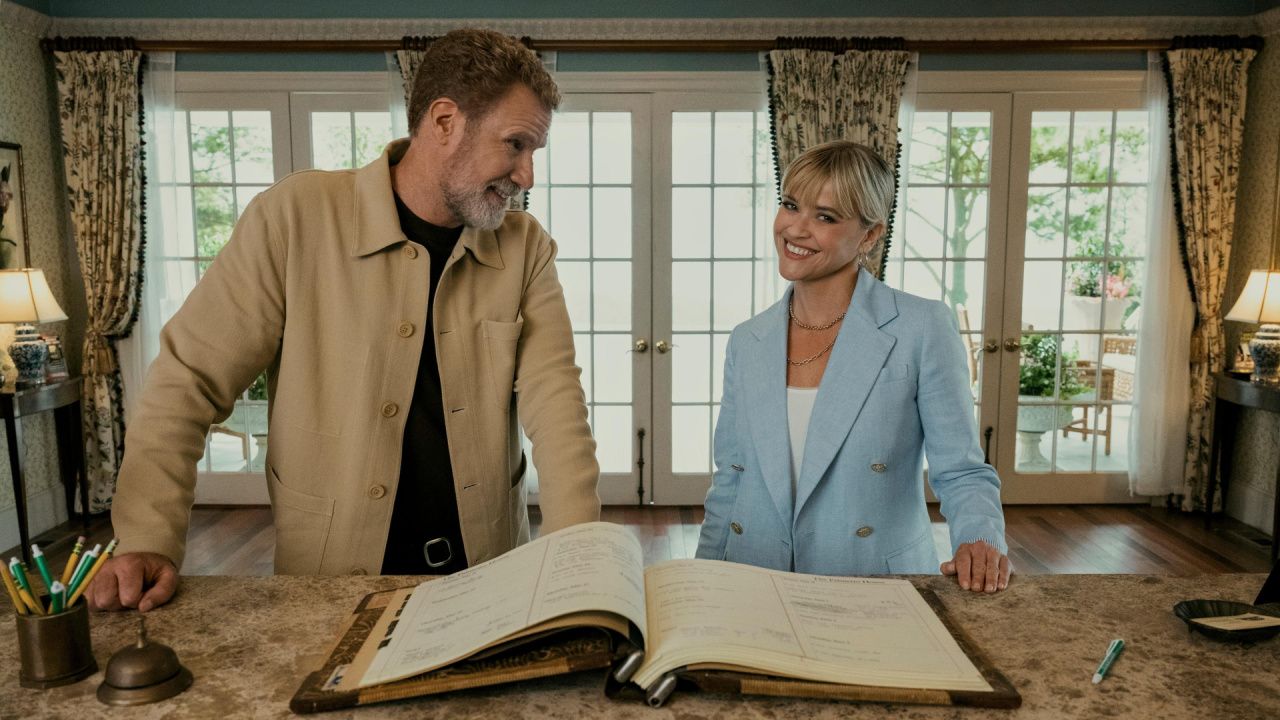





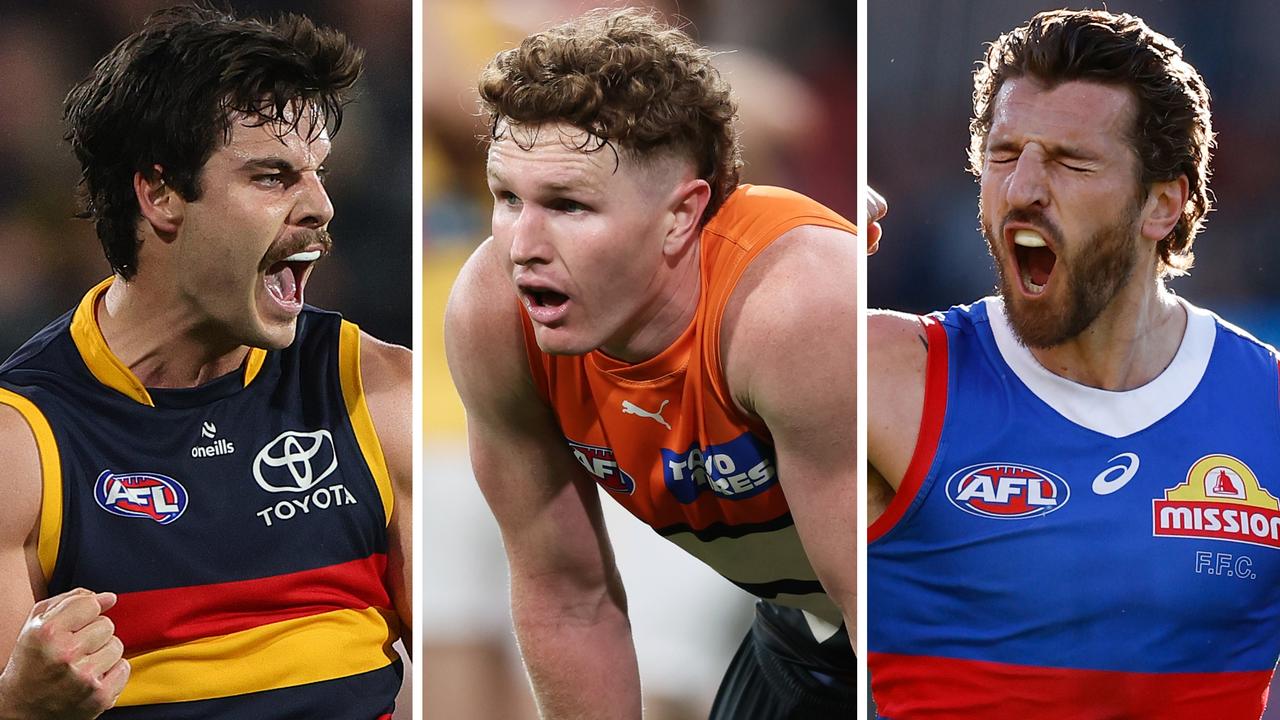
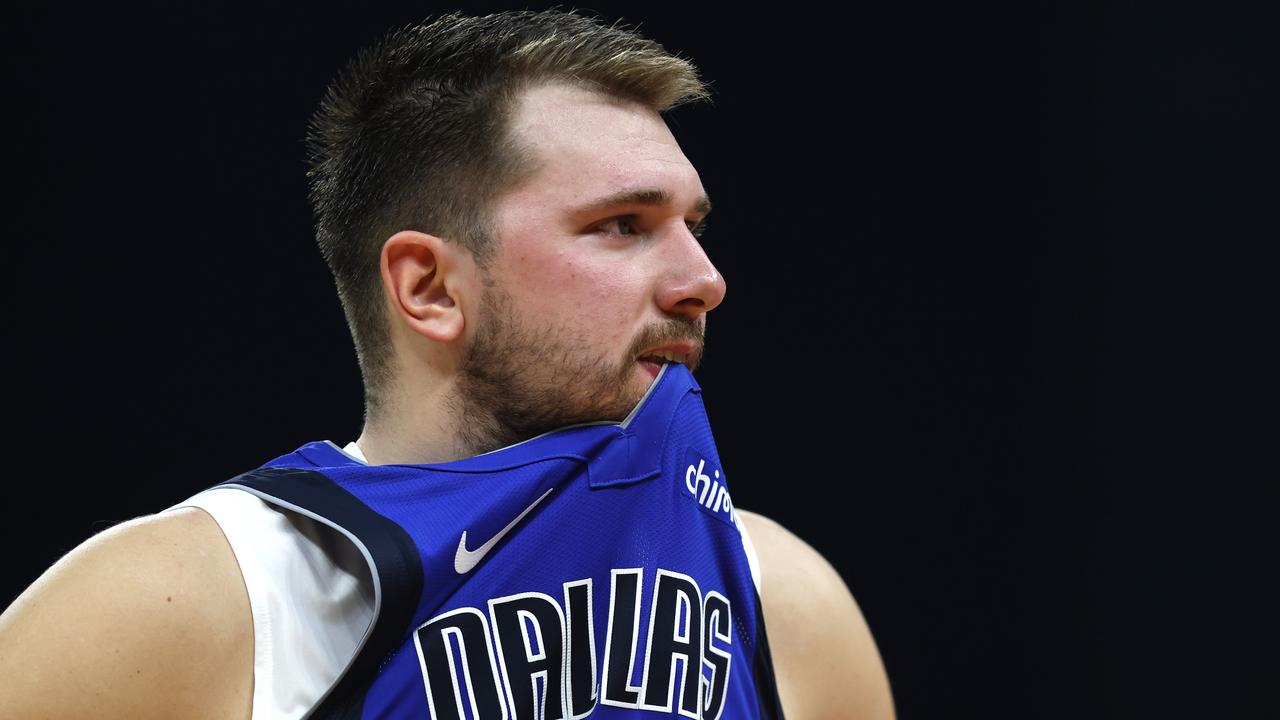



Discussion about this post